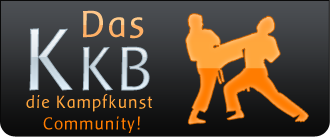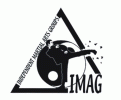Hallo zusammen,
ich habe im Forum nix genaues gefunden. Koennte mir mal jemand ein paar Trainings-Methoden zum Overload-Training erklaeren bzw. mir einen Link sagen.
Was ist bspw. eine klassische Overload-Trainings-Uebung ?
Vielen Dank & Gruesse
Andreas





